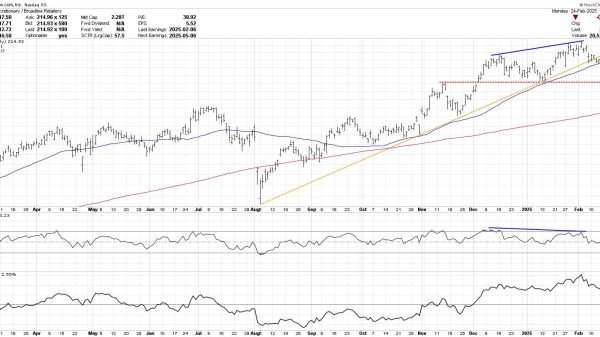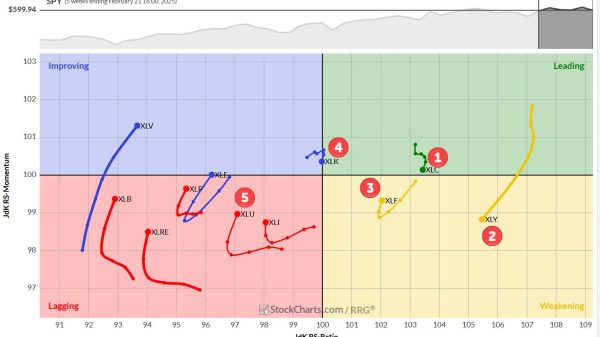In today’s fast-paced retail environment, furniture marketing use-cases play a key role in aligning the evolving needs of consumers with effective business strategies.
Shoppers increasingly turn to digital platforms for inspiration, research, and purchases, making online engagement a crucial aspect of any successful marketing plan. Social media, customer reviews, and e-commerce sites significantly influence buying decisions and furniture marketing use-cases, while in-store visits remain vital for those who wish to experience furniture firsthand. By adopting these strategies, furniture retailers can create innovative solutions that combine the ease of online shopping with the tactile in-store experience, ensuring a smooth and satisfying journey for the customer.
Let’s explore how furniture retailers can stay competitive by embracing new trends and addressing challenges within this ever-evolving industry.
The Shift to Digital in Furniture Marketing
The growth of digital platforms has significantly altered the way consumers shop for furniture. Today, most customers begin their journey online, where they can browse for inspiration, research different products, and even make purchases. To stand out in this crowded space, furniture brands need a strong digital presence.
A well-designed website is central to this transformation. A visually appealing and user-friendly site serves as an online showroom, presenting products in their best light. High-quality images, detailed descriptions, and customer reviews all work together to build trust and guide customers toward a purchase decision.
Social media also plays an essential role in reaching audiences. By sharing inspirational content, such as home décor ideas or furniture styling tips, brands can build a loyal following. Platforms like Instagram and Pinterest, with their visual focus, are ideal for campaigns that display furniture in real-world settings, helping customers envision how pieces could fit into their own homes.
Augmented Reality: Bridging Online and Physical Worlds
One of the most exciting developments in furniture marketing is augmented reality (AR). This technology allows customers to visualize how furniture would look in their own homes by superimposing digital models into their real-world environments. For example, a shopper could use a smartphone to see if a sofa fits their living room space or if a coffee table matches their aesthetic.
AR enhances convenience and gives customers the confidence to make informed decisions, reducing the likelihood of returns and increasing satisfaction. For retailers, it provides an effective way to merge online and in-store shopping experiences. Even without stepping into a physical store, customers can feel assured in their choices.
Virtual showrooms offer another engaging way for customers to explore products. These immersive experiences allow shoppers to interact with entire collections online, providing a sense of scale and design harmony that static images cannot replicate. As technology continues to advance, the distinction between digital and physical shopping experiences is becoming increasingly blurred.
The Continued Importance of Virtual Showrooms
Although e-commerce continues to grow, virtual showrooms remain a key part of the furniture-buying experience. For many customers, touching and testing the furniture before purchasing is an essential part of the decision-making process. Showrooms provide sensory experiences that digital platforms cannot fully recreate.
However, today’s showrooms are evolving to meet the demands of modern shoppers. Rather than being just sales floors, they are becoming interactive spaces that complement digital experiences. Many retailers are integrating digital tools, such as interactive kiosks and AR setups, where customers can customize products in real-time.
Additionally, showrooms are increasingly designed to replicate real home environments. By showcasing furniture in styled vignettes, retailers help customers visualize how different pieces might work together in their homes. This approach not only inspires but also encourages larger purchases, as customers are more likely to buy multiple items to recreate a look.
Sustainability: A Growing Priority
Sustainability has become a focal point in the furniture industry, with consumers increasingly seeking products that reflect their environmental and ethical values. This presents both a challenge and an opportunity for retailers.
Brands can respond to this shift by sourcing materials responsibly. Using reclaimed wood, recycled fabrics, or sustainably certified timber appeals to eco-conscious shoppers. Additionally, adopting energy-efficient manufacturing processes and minimizing waste further demonstrates a commitment to sustainability.
Transparency is another important aspect. By sharing the origins of materials or telling the stories of artisans who craft the products, brands can build trust with customers. Sustainability is not only about meeting expectations but also about creating long-term value for both the planet and the business.
The Role of Storytelling in Furniture Marketing
Storytelling remains a powerful marketing tool, especially in the furniture industry. Furniture is not just a product—it plays a central role in shaping the environments where people live, work, and entertain. By telling stories that resonate on an emotional level, brands can foster deeper connections with their audiences.
For example, a retailer might highlight the craftsmanship behind a specific piece, sharing the process and the skilled artisans who created it. Alternatively, they might focus on the lifestyle benefits, illustrating how a comfortable sofa or elegant dining table can transform a house into a home.
Visual storytelling is particularly effective in the furniture industry. Photos, videos, and user-generated content provide real-life examples of how products enhance everyday life, inspiring customers to imagine them in their own homes.
The Power of Influencer Marketing
In today’s social media-driven world, influencers have become essential allies for furniture brands. These individuals, with established audiences in niches like home décor and interior design, offer an authentic way to showcase products and inspire their followers.
Influencer marketing is particularly effective because it fosters relatability. When followers see their favorite influencer styling a sofa or creating a cozy nook, they can imagine doing the same in their own homes. This emotional connection often drives purchasing decisions.
Success in influencer partnerships comes from authenticity. Brands should work with influencers whose style aligns with their own and who genuinely connect with their audience. This ensures the content feels organic and not overly promotional.
Personalization: Meeting Individual Preferences
Personalization is one of the most significant trends in modern furniture marketing. Consumers are increasingly seeking products that reflect their unique tastes and lifestyles.
Retailers can meet this demand by offering customizable options. For example, allowing customers to choose the fabric, color, or finish of a piece of furniture gives it a tailor-made feel. Modular furniture systems, which can adapt to various spaces and needs, also cater to a diverse range of buyers.
Personalization extends beyond the products themselves. Using data-driven insights, retailers can offer tailored recommendations, curate product selections, and create marketing campaigns that resonate with individual customer preferences.
Conclusion
The furniture industry is at an exciting crossroads, with endless opportunities for innovation. By understanding and leveraging marketing strategies, retailers can stay ahead of emerging trends and forge meaningful connections with customers. From embracing digital tools to prioritizing sustainability, success in this market depends on adaptability and a commitment to excellence.
The brands that will thrive in this dynamic environment are those that combine tradition with innovation, offering products and experiences that inspire, engage, and delight.
Read more:
Adapting to Change: How Furniture Marketing Use-Cases are Shaping the Future of Retail























